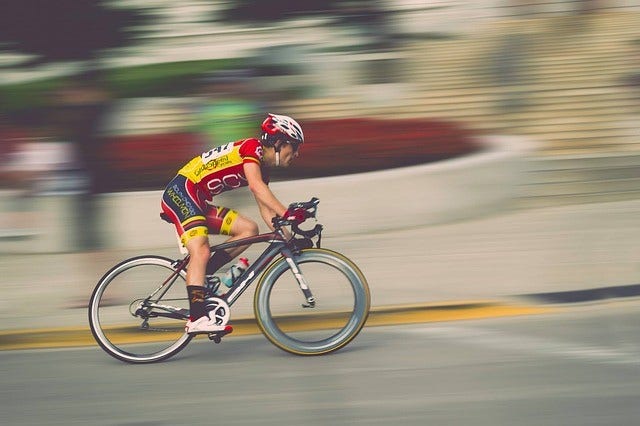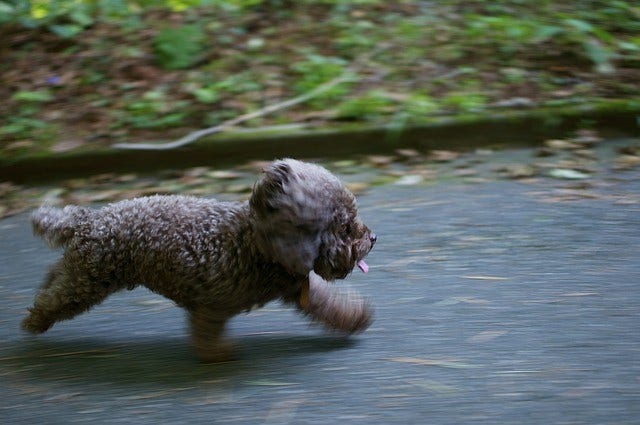
‘Panning’ in photography is the art of shooting a moving subject while accentuating the movement. While most photography freezes a subject in time, panning captures a blurred background but a sharp subject.
This technique is used to capture dynamic images that show the motion of a subject. It requires a slow shutter speed and a steady hand to track the moving subject.
Panning is often used in sports and wildlife photography. It takes a lot of practice, but it's a technique a photographer of any skill level can pick up.
You can use panning to capture racing cars, athletes, animals or even your children as they play tag.

1. Manual Mode and Focus Setting
Panning in photography relies on using the right settings. Set your DSLR camera to manual mode so you have more control over your camera’s settings.
Then set your camera’s focus setting to continuous mode. This setting will allow your camera to focus and track a moving subject when you depress your shutter release button halfway. It's this that causes the sharp image of your subject and the blurred background.
2. Shutter Speed
You'll need to set your camera to a slow shutter speed. It's usually a good idea to start with 1/30 second speed, but you can use a speed anywhere between 1/60 to 1/8.
If you do use a speed lower than 1/30 you’ll be at risk of more camera shake, so it would be wise to invest in a tripod with a pan & tilt head.
If you’re not using a tripod, make sure to use the strap around your neck or wrist. You don't want to fling your camera across a busy road or into your neighbour’s yard when you’re following your subject!
In any case, play around with shutter speed to find the right one to match the speed of your subject.

3. Position and Motion
Position is important; make sure you have an unobstructed view of your moving subject. You don’t want a figure obscuring your best shot.
For the best results, you'll want to be parallel to your subject for easy focusing, with the subject moving in a straight line for easy tracking.
The idea is to move your camera with the subject in a smooth motion from start to finish. Otherwise, you might begin with a great photo and end with a jumbled mess!
4. Taking the Picture
Press the shutter release button halfway to focus, and then all the way to take the picture. You should already be moving your camera as the subject enters your viewfinder.
You should be moving smoothly the whole way through to ensure you get long continuous lines of blur. Don’t stop until the subject has left your viewfinder.
When you take the shot, take care to depress the shutter release gently to avoid shake. If you find you aren’t getting enough blur in your background, slow down your shutter speed to 1/15. If your subject is too blurry speed it up to 1/60.
If you find your subject is too dark, or you are shooting at night, you can use flash gun if your subject is close enough.

Most importantly, practice makes perfect. Once you get into the rhythm of moving with your moving subject, you’ll have a new way to take vibrant and energetic photos. Love these tips? For more handy photography advice, check out our Camera House blog.
